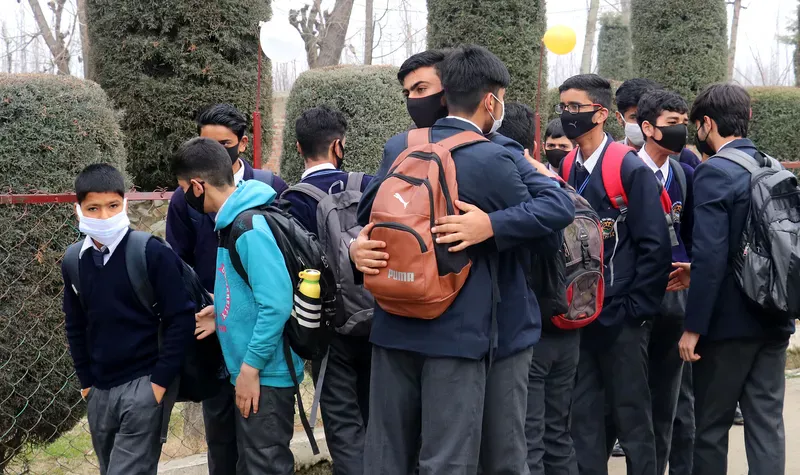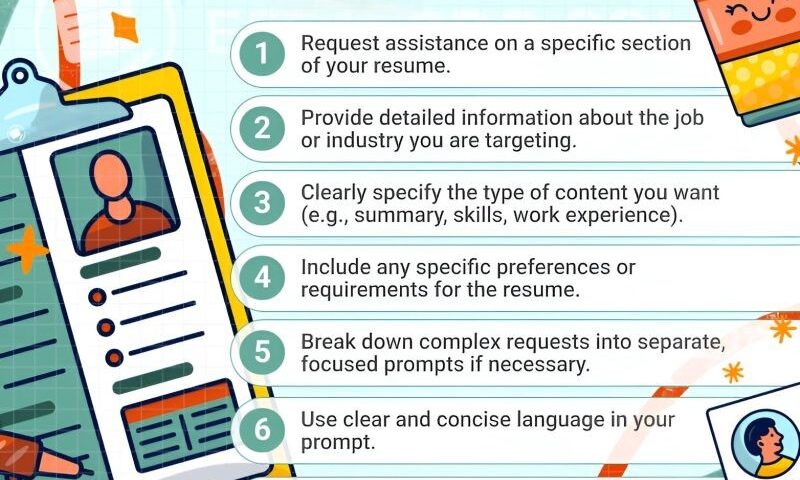Winter Vacations for Schools in Kashmir to Start in Early December 2025: A Detailed Analysis of the Announcement by Education Minister Sakina Itoo
By: Javid Amin | 19 November 2025
Winter in Kashmir is not just a season — it is an experience that shapes the daily rhythm of life. As temperatures drop sharply across the Valley, the annual conversation around winter school vacations becomes not only expected but essential. In 2025, the Education Department of Jammu & Kashmir has taken a proactive step by announcing the winter break for primary classes from the first week of December, following a careful review of weather conditions and feedback from schools and parents.
This detailed article unpacks the announcement, explores the reasoning behind the decision, provides insights from educators and parents, and examines how the academic calendar will be balanced amid the early closure. The discussion also looks into the region’s unique climatic pressures and their impact on children’s health and learning.
What follows is a thorough, human-centered account—clear, comprehensive, and crafted to be genuinely helpful for students, parents, educators, and policymakers.
Why Winter Vacations Matter So Much in Kashmir
Kashmir’s winters are harsh, long, and often unpredictable. The Valley frequently experiences sub-zero temperatures from late November onward, with the harshest phase—Chillai Kalan—beginning on December 21. For school-going children, especially those in early classes, these conditions pose significant challenges: freezing mornings, lack of heating in many schools, difficult travel conditions, and elevated risks of seasonal illnesses.
For decades, winter vacations have been more than a holiday—they are a necessity.
The 2025 announcement by Education Minister Sakina Itoo is therefore significant, not merely because it sets a calendar date, but because it underscores a priority: the safety, comfort, and health of children, especially the youngest learners.
The Key Announcement: Winter Break for Primary Classes in Early December
According to Minister Sakina Itoo, winter vacations for students from Nursery to Middle classes will begin in the first week of December 2025.
What This Means for Schools
-
Nursery to Class 8: Vacation starts early December
-
Classes 9 to 12: Likely to follow in the second week of December, depending on weather severity
-
Phased closure: Designed to ensure younger children are protected first
-
Academic instructions: Schools must complete essential syllabus before closure and provide learning guidance for the break
The announcement was made after:
-
Reviewing the prevailing cold wave
-
Studying temperature trends across districts
-
Consulting heads of institutions, teachers, and local communities
-
Paying attention to strong parental requests for an early and clear schedule
Why the Decision Was Taken: The Weather Reality in Kashmir
In 2025, Kashmir recorded one of the coldest early winters in recent years. By late November:
-
Night temperatures dipped below zero in many areas
-
Srinagar recorded one of the coldest nights of the season
-
Higher regions like Gulmarg, Kupwara, Sonmarg, and Pahalgam faced frosty mornings and severe cold waves
These conditions directly impact:
-
School commutes (icy roads, fog, decreased visibility)
-
Classroom environment (poor heating in many government schools)
-
Student health (risk of cold, flu, chest infections)
-
Attendance rates (sharp decline during cold waves)
For children below 14, especially those in lower classes, the cold can be extremely harsh. The Education Department therefore acted preemptively to avoid health complications.
Parental Concerns: The Push for Early Clarity
In the weeks leading up to the announcement, parent associations across the Valley expressed concern about:
-
Early morning school timings
-
Lack of adequate heating infrastructure
-
Risk of respiratory infections
-
Children’s long commutes on cold days
-
Uncertainty about vacation dates
Parents urged the government to announce the schedule early, explaining that:
-
It allows families to plan better
-
It reduces health-related risks
-
It prevents unnecessary attendance pressure on students
The government responded positively, demonstrating responsiveness to public concerns.
Voices from Ground Reports: Schools, Teachers & Communities
Educators widely welcomed the early announcement. Several teachers noted that:
-
Attendance had already begun to drop due to severe morning cold
-
Younger children struggled to concentrate in class
-
Many schools, particularly government-run, lacked central heating
-
Frosty conditions made school commutes unsafe in rural areas
Community leaders and school principals added that early clarity:
-
Helps schools plan exams and revisions
-
Ensures smoother distribution of the syllabus
-
Gives time to prepare for post-winter reopening in March
Parents expressed relief, appreciating that the department placed student health first.
Academic Calendar Considerations: Maintaining Learning Continuity
One major challenge with early winter vacations is the potential disruption of the academic calendar. To address this, the Education Department has issued clear directions:
Academic Guidelines for Schools
-
Complete essential chapters before vacations
-
Provide assignments and home-based activities for the break
-
Ensure minimal syllabus disruption after reopening
-
Strengthen digital learning for higher classes (where feasible)
-
Conduct winter coaching for Classes 9–12 in well-heated centers
Even though younger classes will break earlier, teachers will ensure:
-
Revision material
-
Worksheets
-
Reading tasks
-
Activity-based home tasks
are prepared and distributed on time.
This approach aligns with the Valley’s long-established pattern of balancing severe winter conditions with academic continuity.
Textbooks, Uniforms & Supplies: Streamlined by the Department
One major concern every winter is whether:
-
Textbooks
-
Uniforms
-
Stationery
are available on time before schools close.
The Education Department stated that it has streamlined supply chains to:
-
Ensure timely availability
-
Prevent shortages that parents faced in previous years
-
Improve monitoring so schools receive required materials
This move particularly benefits students in government schools who rely on free textbooks and uniforms.
The Phased Schedule: Protecting the Young, Supporting the Senior Students
The phased winter-break schedule isn’t random—it is based on the distinct academic needs of different age groups.
Why Primary Students Leave First
-
Young children cannot tolerate prolonged cold
-
Immature immunity increases health risks
-
Early morning travel is particularly difficult for them
-
Outdoor exposure during recess can be unsafe
Why Senior Students Continue for Another Week
-
Board exam preparation
-
Completion of critical chapters
-
Revision cycles
-
Practical sessions
-
Better tolerance against cold conditions
This phased strategy ensures:
-
Safety for young learners
-
Academic strength for older students
It is a balanced, widely appreciated approach.
Weather & Health: The Science Behind Early Winter Breaks
Doctors and pediatricians in Kashmir continuously emphasize caution during early winter. Some key risks for school-going children include:
-
Hypothermia
-
Frequent colds & influenza
-
Bronchitis
-
Pneumonia
-
Asthma triggers
-
Frostbite in severe conditions
Crowded school environments further increase the chances of seasonal epidemics.
Therefore, reducing exposure hours during winter directly:
-
Protects children
-
Prevents viral spread
-
Lowers absenteeism
-
Reduces pressure on rural healthcare
The 2025 break is consistent with these health recommendations.
How Schools Prepare for the Winter Break: A Behind-the-Scenes Look
Most schools follow a structured plan before closing:
Teacher Preparations
-
Wrapping up key chapters
-
Preparing winter homework
-
Recording attendance and assessments
-
Informing parents through circulars
-
Reviewing heating and insulation needs for winter coaching centers
Administrative Preparations
-
Securing school property
-
Draining water systems
-
Covering windows and doors
-
Assuring safe storage of books and materials
Community-Level Coordination
-
Local committees ensure school surroundings remain safe
-
Teachers plan catch-up classes for March reopening
-
Parents coordinate winter learning for children at home
Thus, the winter break is more than a holiday — it is a coordinated academic transition.
Parent & Teacher Reactions: A Positive Reception Across the Valley
The announcement by Minister Sakina Itoo received:
-
Support from parents
-
Approval from teachers
-
Welcome response from school administrators
Parents appreciated:
-
Early clarity
-
Health-oriented decision
-
Phased planning that puts young children first
Teachers valued:
-
Time to complete academic tasks
-
Reduced pressure during extreme weather
-
Structured guidelines for winter assignments
In short, the response across the Valley has been overwhelmingly positive.
Beyond Vacations: How Winter Shapes the Education Landscape of Kashmir
Winter plays a major role in how Kashmir’s educational system is structured. Because schools remain closed for nearly 3 months every year, the academic calendar is already unique compared to most Indian states.
The Winter Window Is Used For:
-
Curriculum planning
-
Teacher training
-
Academic reviews
-
Digital learning modules
-
Coaching for senior classes
-
Skill-building programs
The break is not just a holiday—it is a productive academic pause that the system has learned to optimize over decades.
The Broader Context: Education Policy & Seasonal Planning in Kashmir
The winter break announcement reflects broader educational priorities:
-
Child safety
-
Quality learning
-
Climate-sensitive policymaking
-
Community participation
-
Academic discipline within climatic constraints
By planning vacations based on scientific review and community input, the government ensures:
-
Predictability
-
Transparency
-
Public trust
This is part of a larger push to modernize educational management across the region.
Looking Ahead: What Students & Parents Can Expect in the Coming Weeks
As the winter break begins in early December, families should prepare for:
-
Winter homework
-
Activity-based learning
-
Home reading habits
-
Safe indoor routines
-
Limited outdoor exposure
-
Healthy winter diets
-
Structured screen time for older students
Teachers will remain partly available for:
-
Online guidance
-
Clarification of assignments
-
Coordinated academic support
Parents are encouraged to:
-
Maintain healthy daily routines
-
Create comfortable study spaces at home
-
Ensure children stay warm, active, and engaged
-
Balance rest with learning
Bottom-Line: A Well-Timed Decision That Prioritizes Children
The 2025 winter vacation announcement reflects a thoughtful, student-centric approach by the government. Amid harsh cold conditions and dipping temperatures, the early break ensures:
-
Safety
-
Comfort
-
Health
-
Academic continuity
Minister Sakina Itoo’s decision—based on data, community input, and educational planning—shows a responsible balance between climatic realities and academic needs.
As Kashmir enters another intense winter season, this proactive, phased vacation schedule brings relief to thousands of families and sets a positive example of climate-responsive governance.




